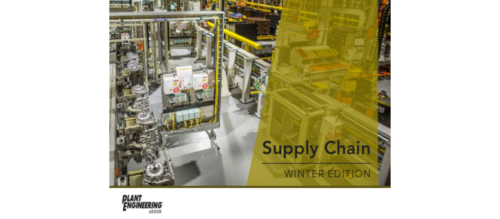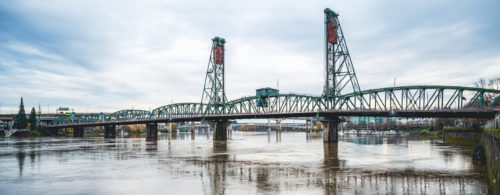A view from the oil patch
An operator discusses the challenges in optimizing or reviving production in declining oil wells.
Knowing that every well and every production region is unique, an operator in the Gulf Coast agreed to participate in a brief question-and-answer session regarding the challenges he faces in optimizing or reviving production in declining wells and how he overcomes them. Here’s what he had to say:
Question: What are the well conditions like in your region?
Answer: Fluid production may range from several barrels a day to several thousands of barrels per day. Gas-to-liquid ratios (GLR) also vary from as low as 1,000 cubic feet (Mcf) per barrel to 10 or more Mcf per barrel. We also see reservoir pressures as low as several hundred psi to more than 10,000 psi. On top of all that, we may see paraffin, scale, and sand production.
Q: What artificial lift technologies are you using in your region?
A: Early in the well’s life cycle, when it is still at or near critical velocity, we are using plunger lift, typically with friction-bypass plungers that reduce or even eliminate shut-in times. Once the well’s production drops below critical velocity, and depending on the GLR, we typically install a bar stock "cleanout" plunger. We will also install a continuous gas-lift system on wells with higher fluid rates, ranging from 200 to 2,000-plus barrels per day. We have also started combining plunger lift with gas-lift systems on wells that have excessive paraffin and scale production. This combination allows us to effectively run the well on an intermittent basis to save injection gas.
Q: What are the main challenges in your region that artificial-lift technologies can address?
A: For wells with very low GLRs, we have been successful when installing multi-stage systems. This allows us to operate a plunger-lift system effectively with GLRs as low as one Mcf per barrel on some installations. For vertical wells with large perforation intervals, we have found success by employing gas lift several thousand feet below the packer with a "dip tube" that reliably lowers the flowing bottom-hole pressure or an enhanced annular velocity (EAV) system that ensures adequate flow velocity through the entire length of the well.
Q: What are typical results with plunger-lift and gas-lift applications?
A: Typical results for both plunger lift and gas lift on wells that have fallen below critical velocity would be the restoration of production to its natural decline curve. Even wells that have been "loaded" for substantial periods will often recover to their previous production levels with the correct application of plunger-lift and gas-lift systems and technologies.
Original content can be found at Oil and Gas Engineering.
Do you have experience and expertise with the topics mentioned in this content? You should consider contributing to our CFE Media editorial team and getting the recognition you and your company deserve. Click here to start this process.




